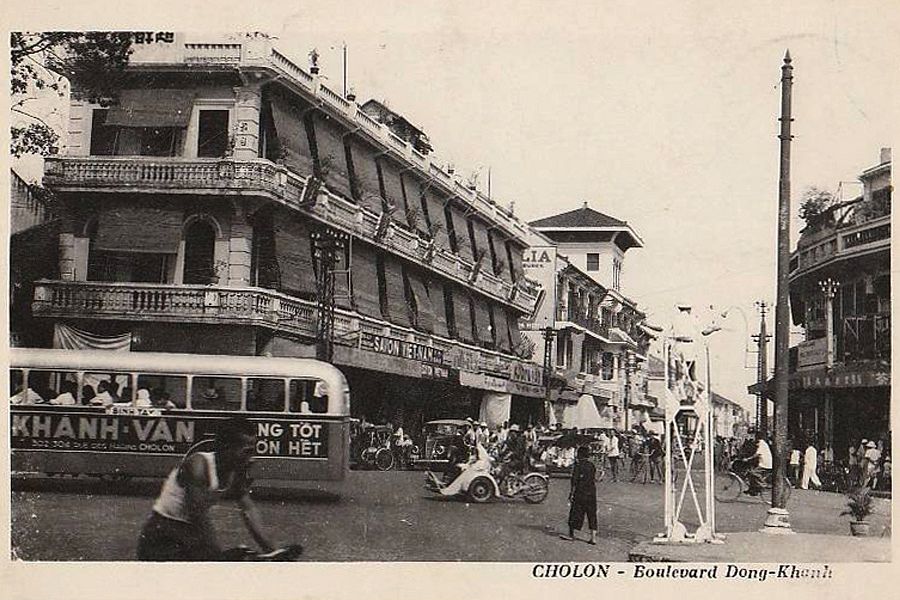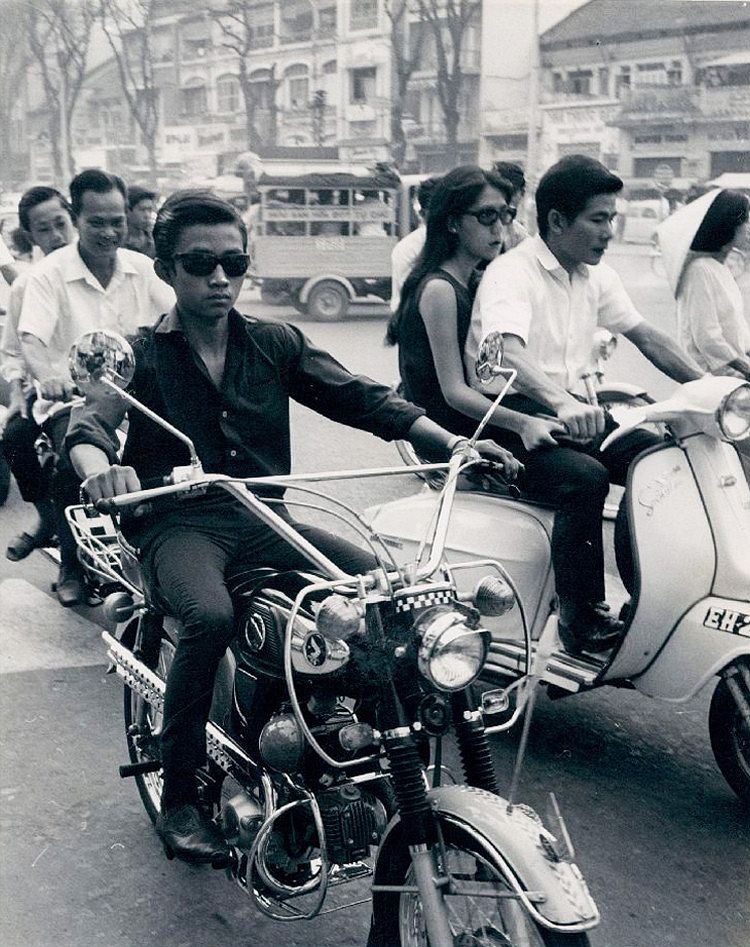Many of you have probably enjoyed a meal in the courtyard at 74 Hai Ba Trung, which currently houses a number of high-end restaurants such as Vasco’s, Hanayuki, Annz and The Refinery; the latter being the most noteworthy as its name connects to the original use of this area – an opium refinery.
Like the British, the French saw the vast profits to be made in the opium trade. This period was the golden age for opium as it was not only legal, but used as a political tool for colonial powers.
Just after the end of Britain’s Second Opium War with China in 1861, two Frenchmen in Saigon acquired the rights to trade the substance, quickly becoming prosperous. Within 20 years the trade had become so profitable that the Governor of Indochina decided to get in on the action and exercised direct control over the refining and sale of opium in the colony. The refinery, known back then as “La Manufacture d’Opium,” was built in 1881.
The opium administration building, "La Régie de l’Opium," still stands at the end of Ham Nghi Street, facing the river. Here, approved distributors sold the goods in stamped brass boxes and prices were set by decree.
By 1914, opium was one of, if not the largest source of income for French colonial coffers in Indochina, constituting 37% of all revenues.
Most of the opium processed in Saigon was imported from India rather than grown locally.
We couldn’t find any information about when the industry shut down though it’s likely that it reached its zenith before World War II which seriously affected global trade routes.
Though much of the courtyard has changed over the last 100 years, many reminders of the area’s narcotic legacy can still be seen. Here are some pictures of the refinery’s history and its remaining vestiges.
If you have any additional background to add to this article let us know in the comments below!















